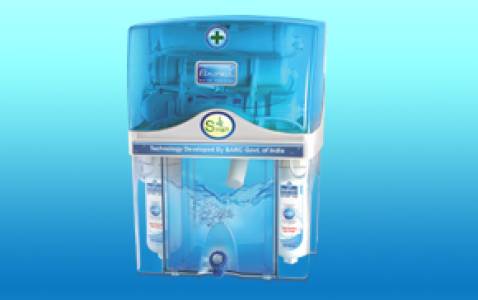Description
Harness the Power of the Sun: A Deep Dive into UV Technology
UV technology, utilizing the invisible ultraviolet portion of the electromagnetic spectrum, offers a diverse range of applications across various industries. This powerful technology leverages the germicidal properties of specific UV wavelengths to achieve sterilization, purification, and other beneficial effects. This description will explore the key aspects of UV technology, its applications, and its advantages and disadvantages.
Understanding UV Wavelengths and Their Effects:
The UV spectrum is divided into three main categories, each with distinct properties and applications:
- UVA (315-400 nm): Often referred to as "black light," UVA rays have the longest wavelength and are the least energetic. They have limited germicidal effects but are widely used in:
- Curing processes: In industries like printing and coatings, UVA initiates polymerization reactions, hardening materials quickly and efficiently.
- Fluorescence: UVA excites fluorescent materials, making them glow, a principle used in forensic science, art authentication, and some lighting applications.
- Tanning: UVA penetrates the skin more deeply than UVB, contributing to tanning but also posing long-term skin damage risks.
- UVB (280-315 nm): UVB rays are more energetic than UVA and possess stronger germicidal properties. They are primarily used in:
- Medical phototherapy: UVB is employed to treat certain skin conditions like psoriasis and vitiligo.
- Limited sterilization applications: While less effective than UVC, UVB finds niche uses in sterilization processes where UVC is impractical.
- UVC (100-280 nm): UVC radiation is the most energetic and effective germicidal wavelength. It disrupts the DNA of microorganisms, rendering them incapable of reproduction and leading to their inactivation. This makes UVC ideal for:
- Water purification: UVC lamps are used to disinfect water in residential, commercial, and industrial settings, eliminating bacteria, viruses, and other pathogens.
- Air purification: UVC lamps can sterilize air by inactivating airborne microorganisms, improving indoor air quality and reducing the spread of infections.
- Surface disinfection: UVC lamps and devices are used to disinfect surfaces in hospitals, laboratories, food processing facilities, and other environments requiring high levels of hygiene.
- Food processing: UVC is used to disinfect food surfaces and extend shelf life.
Applications Across Industries:
UV technology finds applications in a wide range of industries, including:
- Healthcare: Sterilization of medical instruments, air and water purification in hospitals.
- Food and Beverage: Water purification, surface disinfection of food processing equipment and packaging.
- Pharmaceutical: Sterilization of manufacturing equipment and pharmaceutical products.
- Semiconductor: Photolithography and curing processes.
- Water Treatment: Municipal and industrial water disinfection.
Advantages of UV Technology:
- Highly effective disinfection: UVC is particularly effective at eliminating a broad spectrum of microorganisms.
- Chemical-free: UV disinfection avoids the use of harsh chemicals, reducing environmental impact and minimizing the risk of residue contamination.
- Environmentally friendly: Compared to traditional disinfection methods, UV technology is generally considered more eco-friendly.
- Relatively low maintenance: UV systems typically require minimal maintenance.
- Rapid treatment: UV disinfection is a relatively fast process.
Disadvantages of UV Technology:
- Safety concerns: Exposure to UVC radiation can be harmful to human skin and eyes, requiring appropriate safety measures.
- Limited penetration: UV radiation does not penetrate opaque materials effectively.
- Lamp life: UV lamps have a finite lifespan and require periodic replacement.
- Initial investment costs: The initial investment in UV equipment can be significant.
Conclusion:
UV technology represents a powerful and versatile tool with a wide array of applications. While safety considerations and limitations exist, its effectiveness in disinfection, purification, and various industrial processes makes it a valuable asset across numerous sectors. Understanding the specific wavelengths and their applications is crucial to harnessing the full potential of this innovative technology.
